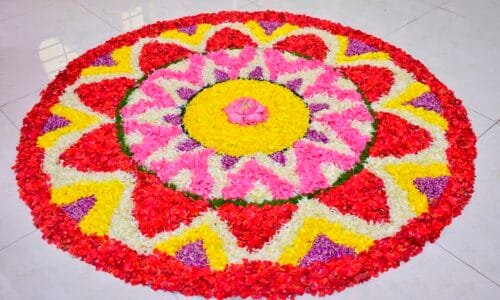Goa, often painted with the brush of sun, sand, and parties, has a far deeper identity waiting to be explored. Beyond the buzzing beach shacks and nightlife, there lies a Goa of sleepy villages, Portuguese-era churches, rich spice plantations, soulful food, and a way of life that feels beautifully unhurried. For the offbeat traveler, Goa is not just a holiday spot—it’s a place to slow down, immerse, and discover a culture that blends the East and West in fascinating harmony.
The Relevance of Goa as a Destination
Goa’s appeal lies in its duality. While North Goa brims with energy, music, and crowds, South Goa whispers with quiet beaches, charming villages, and lush forests. Inland, the charm intensifies—here you’ll find centuries-old mansions, winding roads flanked by palm groves, and chapels that seem frozen in time. Goa is also increasingly drawing travelers seeking nature-based experiences, wellness retreats, and cultural immersion. With its warm, welcoming people and deeply rooted community spirit, Goa invites those who want more than just a sun tan—it calls to those seeking stories, traditions, and connection.
Culinary Experience
Goa’s cuisine is an irresistible fusion of Indian and Portuguese influences, with each dish carrying a tale of its colonial and coastal heritage. Seafood dominates the table—expect spicy Prawn Balchão, tangy Fish Recheado, and slow-cooked Goan Prawn Curry served with red rice. Pork dishes like Vindaloo and Sorpotel are remnants of its Portuguese past, rich in flavor and technique. But Goan vegetarian food also shines, especially during the monsoon, with seasonal produce and local recipes like Kismur (dry shrimp salad) and Alsande Tonak (black-eyed bean curry). Don’t forget to try Bebinca, the layered dessert that’s a legacy in itself. Meals in Goa are about leisure, conversation, and soulful satisfaction.
Historic Significance
Goa’s history is written in its architecture, traditions, and even its festivals. From the 16th century until 1961, Goa was a Portuguese colony—a fact that left deep imprints on its churches, language, cuisine, and even its surnames. The UNESCO-listed Old Goa is home to majestic churches like Basilica of Bom Jesus and Sé Cathedral, standing as grand symbols of Goa’s religious and colonial past. Forts like Aguada and Chapora whisper stories of defense and dominance. Even the village homes—with their pillared verandas, colored glass windows, and ornate altars—reflect a unique Indo-Portuguese identity. Goa’s festivals—whether Hindu, Christian, or Konkani—are vibrant reflections of its layered past and harmonious present.
What to Expect When You Visit
Expect a relaxed, unhurried pace of life. In Goa, mornings begin with the sound of the sea or church bells, and days stretch gently into evenings filled with music and conversation. Explore markets like Mapusa or Anjuna for local crafts and spices, take a slow boat ride through the backwaters of Divar Island, or visit a traditional feni distillery in a quiet village. The people are friendly, and the vibe is laid-back yet culturally rich. While Goa is easy to navigate, the most rewarding experiences often come when you get off the tourist trail—walk through quiet bylanes, speak to locals, and stay in family-run homestays for an authentic feel of Goan life.
Final Thoughts
Goa is more than a beach—it’s a living culture, a way of life that invites you to breathe deeply, explore freely, and live fully. With Offbeat Adventure, you’ll uncover the Goa that most tourists miss—its hidden islands, forgotten chapels, private spice gardens, and timeless traditions. Come for the sunsets, but stay for the stories.









